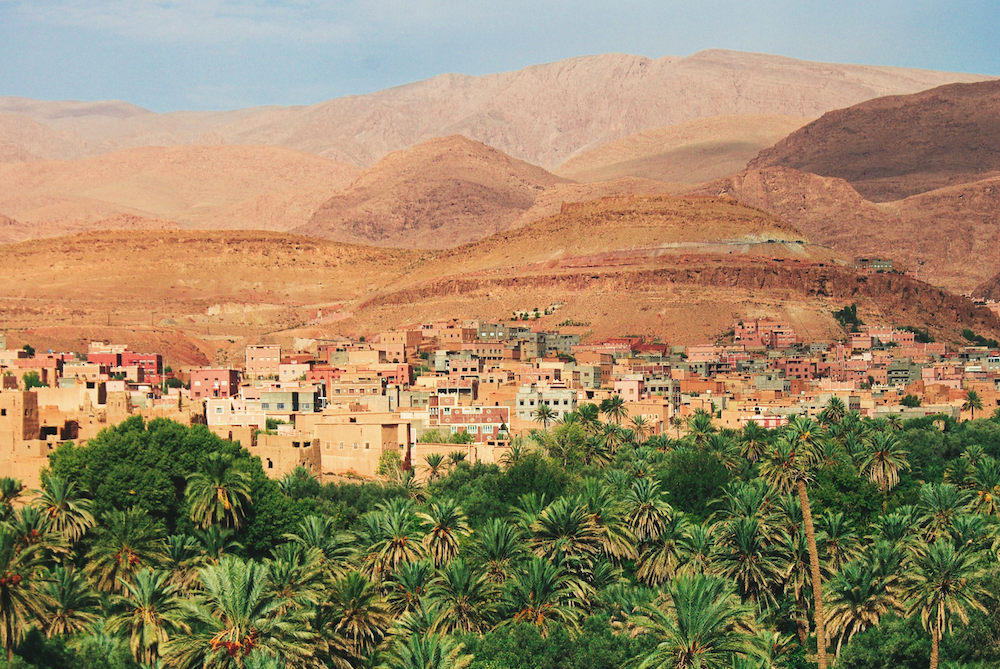Morocco—Decarbonisation and Climate Resilience Framework
Client: European Bank for Reconstruction and Development
Duration: 2025-2027
Region: Middle East and North Africa
Country: Morocco
Solutions: Economic Growth Environment
As the climate changes, Morocco faces increased risks of drought, desertification, and rising sea levels, which in turn raise the likelihood of food insecurity, water shortages, and rising unemployment, especially in rural areas. At the same time, Morocco’s energy intensity is double the EU average (2015), the energy sector accounting for more than 60 percent of emissions and imported fossil fuels providing 90 percent of energy needs.

Against this backdrop, Morocco Decarbonisation and Climate Resilience (MCDR) Framework works to provide financing for on-lending by participating financial institutions to small, medium-sized, and larger enterprises seeking to finance sustainable energy, resource efficiency, and climate resilience technologies.
MDCR consists of two facilities—Morocco GEFF III and the Morocco Mid-size GEFF (MidGEFF)—which provide financing of up to €150 million and €250 million, respectively. GEFFs, or Green Economy Financing Facilities, are European Bank for Reconstruction and Development (EBRD) facilities dedicated to providing financing for banks, microfinance institutions, leasing companies, and other institutions that will in turn use that funding to finance investments in green tech and services supporting the green energy transition.
The MDCR Framework expands on earlier EBRD programs in this space—such as MorSEFF, GEFF II, and the Morocco Green Value Chains Project—by including initiatives such as water saving, desalination, circular economy, biomass, and green buildings. The MidGEFF Facility will also extend the reach of financing to larger Moroccan businesses and clients, supporting individual projects of up to €15 million or 20 MW.
Sample Activities
- Build financial institutions’ training capacity in gender-responsive green economy investment.
- Assist financial institutions in promoting the Framework and maximizing number of sub-loans and other green finance operations.
- Strengthen financial institutions’ capacity to appraise larger projects for MidGEFF; support the preparation and financing of these projects.
- Develop a green finance product tailored to the financial institution client base.
- Create and deliver training for women-led businesses on financial literacy and green finance and technologies.
RELATED CONTENT:
Worldwide—Support the Secretariat of the Global Covenant of Mayors for Climate and Energy
The Support the Secretariat of the GCoM for Climate and Energy project develops, monitors, and leads climate and sustainable energy action and diplomacy globally through the local level, supporting the implementation of the Paris Agreement, the 2030 Agenda and the Sustainable Development Goals, and other United Nations’ initiatives on climate adaptation and cities.
Read More